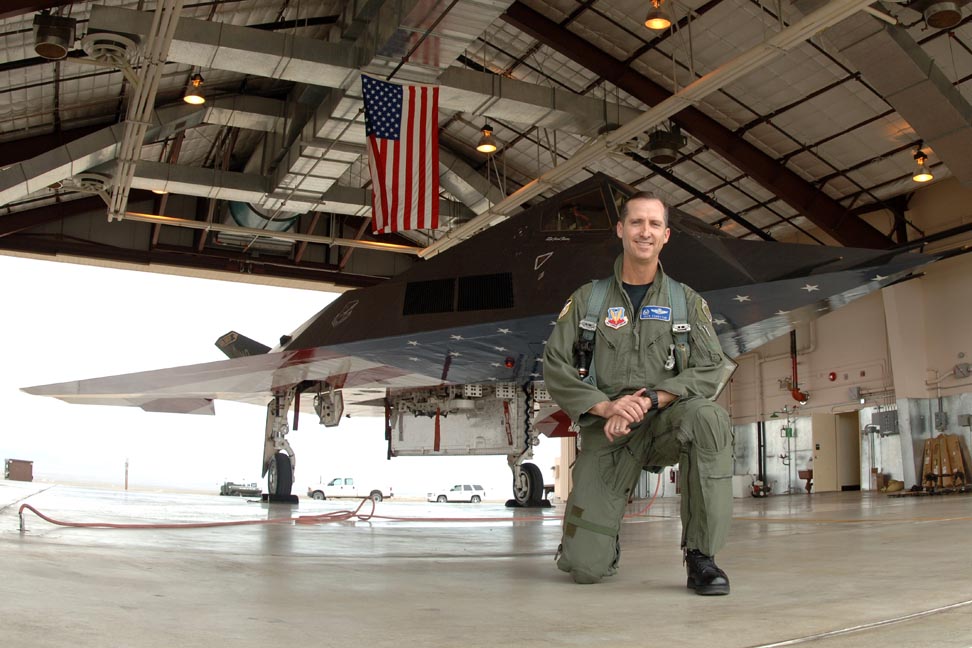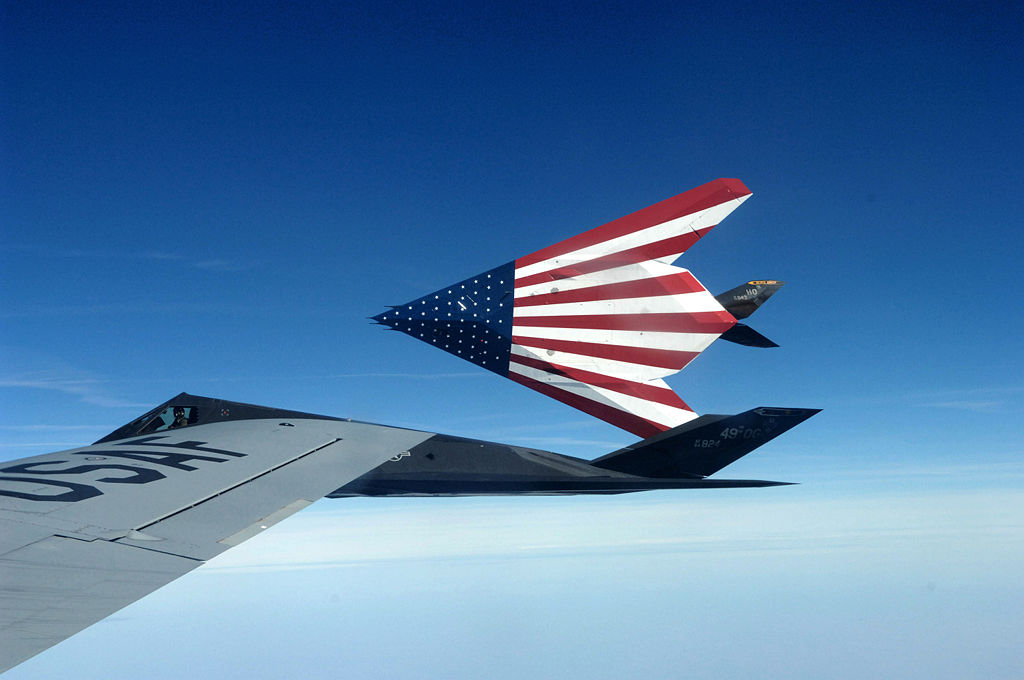The F-117 Nighthawk was so covert that it was referred to it as a UFO in Nevada legend
The F-117 Nighthawk, a highly classified aircraft that Nevadan folklore referred to be a UFO, has been retired for ten years.
The Nighthawk pilots were referred to by the call sign “Bandit,” and each pilot earned their number after their first solo flight, according to Tech. Sgt. Robert Barnett, Secretary of the Air Force Public Affairs, in the article Remembering the F-117 Nighthawk. According to Wayne Paddock, a former F-117 maintainer currently based at Holloman Air Force Base in New Mexico, some of the maintainers were also given a call sign.
“The people who maintained the coatings on the aircraft, radar absorbent material were classified as material application and repair specialists (MARS). MARS morphed into Martians,” Paddock said, “MARS was a shred out from the structural repair/corrosion control career field.”

The F-117’s technology was created in the 1970s to allow for the attack of valuable targets while avoiding adversary radar detection. It could reach a top speed of 684 mph and had two engines and up to 5,000 pounds of various internal storage.
According to Yancy Mailes, director of the history and museums program for Air Force Materiel Command at Wright-Patterson AFB, Ohio, and a former F-117 maintainer, it was the first aircraft created as a low-observable, steady, and hence precise platform.
“It was the marriage of the GBU-27 to the F-117 that had a laser designator in its nose that made it such a precise, deadly platform,” Mailes said. “It was best demonstrated during Operation Desert Storm when pilots snuck into Iraq and dropped weapons down the elevator shaft of a central communications building in Iraq.”
On June 18, 1981, the first Nighthawk took to the skies, and the 4450th Tactical Group, the first F-117A unit (later renamed the 37th Tactical Fighter Wing in October 1989), reached initial operating capability in October 1983.
When two F-117s from the 37th TFW targeted military targets in Panama during Operation Just Cause in 1989, the Nighthawk was first used in combat. The aircraft was used in Operation Desert Shield as well.
Retired Col. Jack Forsythe recalls being thrilled to fly a Nighthawk for the first time when stationed at Holloman AFB in 1995.
“It was a unique experience,” he said. “It’s probably the same feeling that a lot of our (single seat) F-22 (Raptor) and F-35 (Lightning II) pilots feel today.”
On April 22, 2008, the Nighthawk entered retirement after 25 years of service. The four-ship formation was led by Forsythe to Palmdale, California, where Lockheed Martin employees bid their goodbyes.

“We lowered the bomb doors of each aircraft and people signed their names to the doors,” Forsythe said. “It was really just kind of neat; they had designed it, built it, and maintained it for these 25 years, so it really hit home – the industry and Air Force partnership that made the Nighthawk great. I think the four of us were just really struck by that and have some really great memories of that flight.”
To honor American airpower, the maintainers painted the American flag across the whole underside of his F-117.

“I think we all recognized that this was something historic,” he said. “We retired an airplane that people still reference today. We really understood that so it was a sentimental flight, to say the least. It was a great weapon system, very stable, and easy to fly. It’s still a memorable experience.”
Photo by Staff Sgt. Jason Colbert and Senior Master Sgt. Kim Frey / U.S. Air Force

